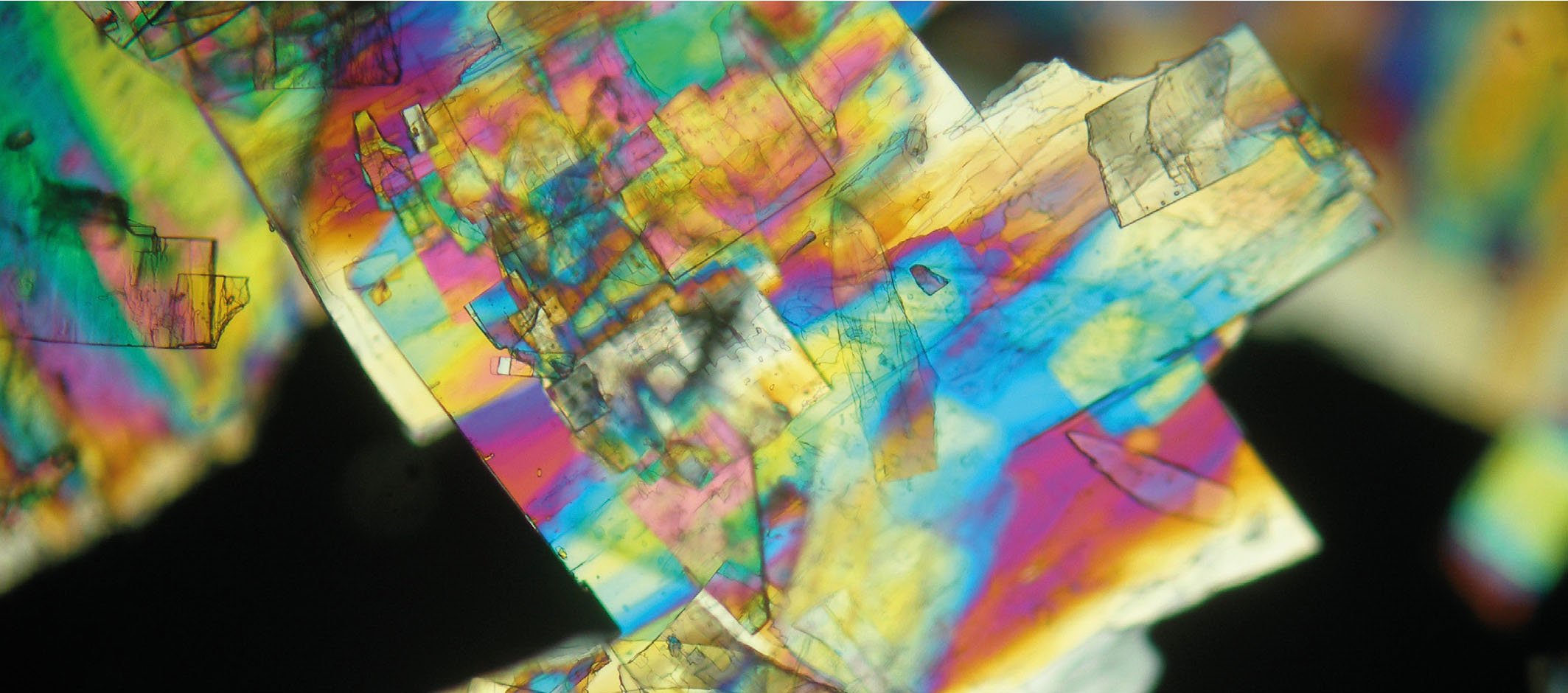| Issue |
Europhysics News
Volume 56, Number 3, 2025
Soft matter physics
|
|
|---|---|---|
| Page(s) | 3 - 3 | |
| Section | EPS Editorial | |
| DOI | https://doi.org/10.1051/epn/2025301 | |
| Published online | 31 July 2025 | |
Soft Matter

The denomination “Soft Matter Physics” (or soft condensed matter physics) is a branch of research which appeared rather recently. It stands somewhere between solid state physics and the physics of fluids. Solid state physics (condensed matter physics) deals with rigidly organised materials such as crystals, and fluid physics with materials that may continuously move such as liquids and gases. Soft matter physics is concerned with the study of materials which react to thermal fluctuations and small external forces, like colloids, foams, gels, biological membranes, granular materials, and liquid crystals (the name itself of the latter indicates the duality of the material). This branch of physics is interdisciplinary with its relations to material science, chemistry and biology. It is then of fundamental interest for theory, experiments, and applications.
One of the key figures in the field is Pierre-Gilles de Gennes, who was awarded the Nobel Prize in 1991 “for discovering that methods developed for studying order phenomena in simple systems can be generalised to more complex forms of matter, in particular to liquid crystals and polymers”. The main progress he made was to show that different microscopic structure may lead to similar macroscopic behaviour. Once a general principal is understood, it is possible to use it to predict the behaviour of extremely different systems: the same physics governs the flow of chocolate and concrete. Mayonnaise and drilling mud have the same challenges of stability.
The tactile nature of soft materials and their familiarity make them ideal media for outreach and education. Children are fascinated by slime or a 50:50 mixture of cornstarch and water. Adults enjoy the application of soft matter physics to food and drink, learning about the relevance of emulsion stability to the preparation of mayonnaise, and how the physics of foams influences the head on a pint of beer/the mousse of a good champagne.
Europe’s contribution to the subject was fostered by the European Research council (ERC) as well as the Horizon program and the European Synchrotron Radiation Facility (ESRF), helping to address questions as diverse as food science and medical applications.
All this makes soft matter physics one of the major scientific subjects for research, and education, with applications ranging from medicine to environmental sustainability, via the physics of sand piles and avalanches.

© European Physical Society, EDP Sciences, 2025
Current usage metrics show cumulative count of Article Views (full-text article views including HTML views, PDF and ePub downloads, according to the available data) and Abstracts Views on Vision4Press platform.
Data correspond to usage on the plateform after 2015. The current usage metrics is available 48-96 hours after online publication and is updated daily on week days.
Initial download of the metrics may take a while.


